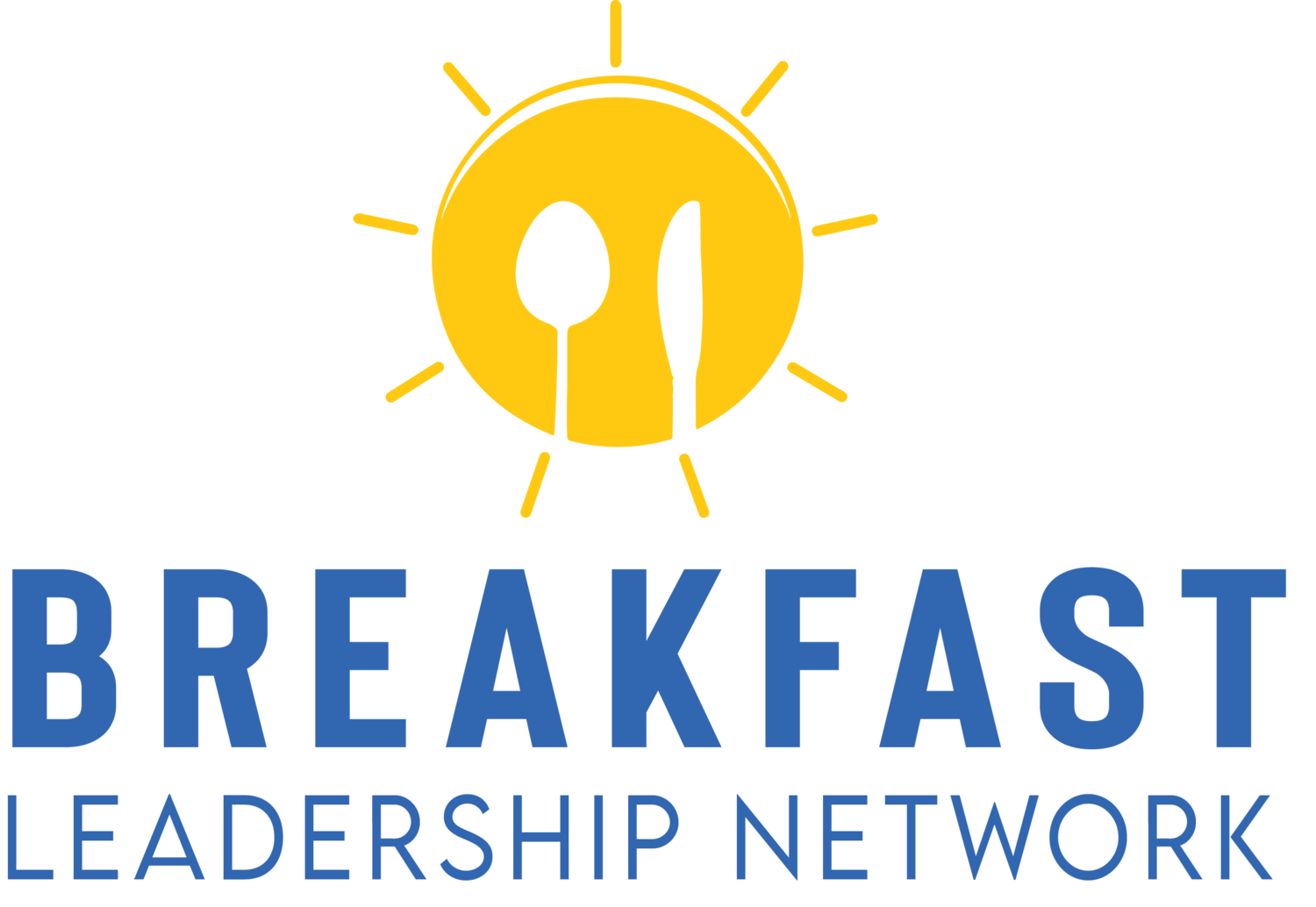When Workspaces Speak: How Your Desk Projects Professional Standards
If workspaces could speak, they could probably give so much professional advice on your projects with experience alone. These spaces are where work gets done — and they matter more than most people realize. Your desk is more than a place for your laptop — it reflects your standards, priorities, and professionalism.
And don’t think people working remotely can get away with letting their workspace go to waste. Your workspace is also a reflection of your mind, and a messy workspace may suggest a chaotic work-life balance. You don’t need a spotless desk — just one that’s both organized and personal to support your focus and well-being.
How Workspaces Build Your Professional Aura
When people see your workspace, several things happen simultaneously. Their eyes scan the desk, looking for any notable items, how many monitors you have, and how good your specs are. They start thinking of things to say about your workspace, if any. After all, a workspace inevitably becomes the most interesting part of any room it’s in.
It also sets the tone of the next conversation. They might compliment your tech, or notice how personalized it is. They may say nothing about it at all, which could mean a lot of things. Either your workspace is nondescript enough to be passed over, or they just want to be polite about how frazzled it looks.
As far as projecting your professionalism goes, you want the workspace to be an icebreaker in and of itself. For business matters, especially, it’s an easy way to lead people to the workspace and show them your latest work. They’ll be interested enough to just take in the vibes of your space with ease, and that cannot be overstated.
Here are some of the core qualities of an interesting yet professional workspace:
Cleanliness
Cleanliness shapes the first impression of any workspace. A clean space signals professionalism and care for one’s surroundings. Wiping down equipment and clearing trash should be a daily habit for you. It also eliminates distractions so you can focus on those important duties. Plus, it means fewer allergens floating about your space.
True cleanliness extends past the visible surface, of course. Open up your laptop or PC and see how organized those icons and files look. Regular decluttering prevents buildup and stress. It also makes looking for those important files and apps much easier.
Organization
Keeping stuff organized transforms chaos into clarity. Every item should have a logical home for quick access. A structured layout saves time and minimizes unnecessary movement, keeping energy focused on productivity. While you don’t have to label if you don’t feel like it, keeping things in specific spots goes a long way.
Organization also applies to time management. Calendars, to-do lists, and priority systems keep tasks on track. A well-ordered routine complements a tidy space, because you aren’t making a mess looking for stuff. Being organized means you make important decisions much faster, crucial for any modern business.
Devices
Any devices you use must support seamless work without hiccups. Updated software and well-maintained hardware prevent delays. Ergonomic office desks made for modern professionals are also much more preferable to a simple table and chair. They allow for much more freedom of movement and organization.
Devices should also be arranged for efficiency. Keep things connected to a single extension, and tie up cables if you don’t plan on rearranging often. Any drawers should be under your desk or right next to it. They should also be accessible even when seated. People don’t realize how much work can be done when things are conveniently in reach.
Colors
Colors set the tone for the workspace, and let your creativity shine. If you have a favorite color, look for subtle ways to implement it throughout your workspace. It’s a great way of communicating to others that this is your workspace. It’s an association they will also have with you moving forward.
Alternatively, colors influence mood and motivation. Cool tones like blue enhance focus, while warm accents like yellow boost creativity. A nice mix of colors can also bring specific vibes only intelligible to you, and that’s okay. After all, it’s your place of work, not others. That confidence in colors will make itself known, too.
Hobbies
Hobbies bring life into the workspace. A small shelf for books or a corner for art supplies adds character. These elements should complement, not overwhelm, the work environment. They serve as quick mental refreshers during breaks.
They also foster creativity and reduce burnout. A guitar to strum or a puzzle for quick thinking breaks can recharge focus. Integrating passions mindfully reminds you of what your work enables you to do.
Sentimental Items
Sentimental Items anchor motivation and joy. A family photo or a travel memento reminds you of your "why." These pieces should inspire without distracting, placed where they uplift but don’t interfere.
Importantly, they also humanize a professional setting. A handwritten note or a small trophy celebrates achievements. These touches create emotional balance, blending ambition with warmth in the workspace.
Final Thoughts
At the end of the day, your workspace matters most to you. Even so, there’s no harm in making your workspace look cool. That doesn’t mean adding a bunch of gizmos or fancy colors. It just means making it encapsulate who you are. All while being a functional and comfy place to get those projects done.
EDRIAN BLASQUINO
Edrian is a college instructor turned wordsmith, with a passion for both teaching and writing. With years of experience in higher education, he brings a unique perspective to his writing, crafting engaging and informative content on a variety of topics. Now, he’s excited to explore his creative side and pursue content writing as a hobby.
LinkedIn I Facebook I Portfolio
